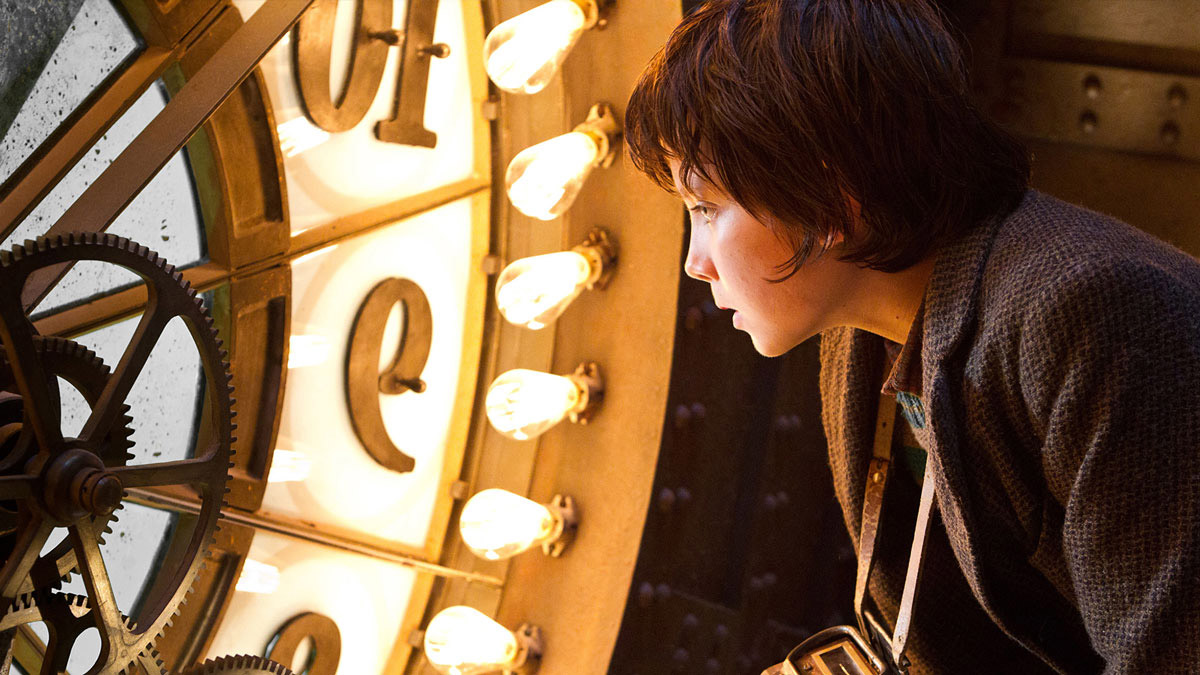
(C) 2011 Paramount Pictures. All Rights Reserved.TM, (R) & Copyright (C) 2013 by Paramount Pictures. All Rights Reserved.
``Hugo'' Martin Scorsese was actually a 3D enthusiast!
2018.12.03
Scorsese's deep relationship with 3D
Scorsese grew up in Manhattan's Little Italy, the son of poor Sicilian immigrants, and was sickly, but movies and religion were his life.
In 1952, when he was about 10 years old, the 3D movie ``The Devil of Bwana'' was released, and this was the beginning of the first 3D movie boom. Captivated by the charm of 3D movies, Scorsese, a young boy, has directed films such as `` Meat Wax Figures '' (53), ``City of Terror'' (53), ``I, The Jury'' (53, not yet released in Japan), and ``Inferno's Showdown''. '' (53, unreleased in Japanese theaters) and `` Merman of the Great Amazon '' (54, 3D version not released in Japanese theaters) (*1), etc., he devoured. This continued even after he became an adult, becoming a member of the New York Stereoscopic Society (*2) and enjoying stereo photography.
Therefore, Scorsese must have been looking forward to the return of 3D movies more than anything else, and he understood the benefits of 3D more deeply than other younger directors. This time, he and VFX supervisor Rob Legato and others thoroughly researched Hitchcock's `` Turn M! '' (54)(*3) as well as ``Meat of Wax Figures'' to develop 3D production methods. I learned. These 3D 35mm prints are all from Scorsese's personal collection (!).
*1 There is an urban legend that ``Merman of the Great Amazon'' was ``screened in anaglyph (red-blue) 3D,'' but this is largely a lie. This work was released using the Pola Light (also known as Node 3D) method, which uses a polarizing filter. This had the advantage of being able to screen images using only one projector, unlike the previous Polaroid method, which used two projectors to perform synchronized projection. However, in Japan, due to the 3D boom that has begun to decline, there has been no talk of introducing a new projection system, and films have been released only in 2D.
Mass production technology for polarizing filters was originally developed by Edwin Rand in 1929, and they were produced by Polaroid, the company he founded. In the first place, the company name "Polaroid" is a compound word of "polarizer" and "celluloid." In order to promote this filter for use in 3D movies, Rand launched the first 3D movie boom, supplying 100 million polarized glasses to movie studios. Therefore, all films from the first 3D movie boom in the 1950s were released only in polarized format.
The reason why it was said that ``The Great Amazon'' was ``screened in anaglyph format'' is because it was indeed screened in anaglyph format when the revival was released in 1972. Polarized screening requires a projector with a special adapter and a silver screen. Since the introduction of such equipment requires high costs, polarization methods can only be used during booms when 3D works are continuously available. Therefore, during the trough of the boom, anaglyphs, which did not require special screening equipment, became the only option, and the impressions of the works seen during this period remained in people's memories. In addition, 3D versions of 8mm film and beta, software sales on VHS, and cable TV broadcasts were all anaglyphs. It is thought that this has led to the misunderstanding that ``The Merman of the Great Amazon'' was released in anaglyph from the beginning.
*2 This association has “Leonard's morning” (90) and “At First Sight” (98), a neurologist who is famous as the original author/consultant.Oliver Sackswas also a member.
*3 In 1954, Warner Brothers decided not to release Dial M! in 3D and only distributed the 2D version. The reason was that the 3D movie boom had already slowed down. Hitchcock had to wait 26 years to see the film for the first time, until it premiered in San Francisco in February 1980, two months before Hitchcock's death.

